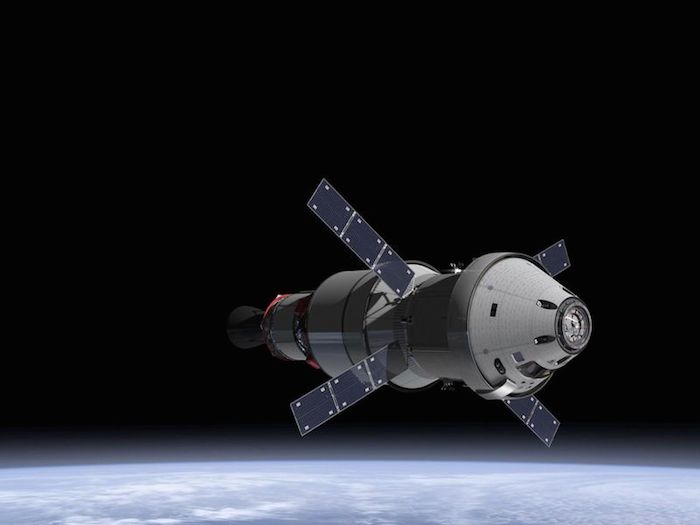Earlier this summer, NASA announced that ARM Holdings’ A53 will be the microprocessor core design at the heart of the agency’s next generation of spacecraft. By the time the microprocessors are delivered in 2020, however, they’ll be so outmoded you wouldn’t want them in your phone. The A53 was introduced in 2014 and is already old by industry standards. ARM calls it “suitable for entry-level smartphones.” But most entry-level smartphones don’t have to avoid midair collisions or execute pinpoint landings.
Of course, as any user of an iPhone can attest, even the smartest of smartphones can hitch up and come to a screaming halt. In space, where tech support can’t hear you scream, Moore’s Law is less important than sheer durability.
The spacecraft for NASA’s Orion program is meant to take humans to Mars and into deep space, where the temperature gets as low as -455F and the radiation is deadly, at speeds as fast as 20,000 mph. Bigger than the Apollo, which took man to the moon, it will carry as many as six astronauts, but has only about 316 cubic feet of space in its cabin. That doesn’t leave much room for spare parts—the program isn’t budgeting space for a chip factory or Genius Bar—so the chips Orion uses can’t fail, ever. “We can’t just send a repairman out there,” says Gary Cox, Orion’s manager of avionics, power, and wiring.
NASA says it rigorously tests every chip that might end up in one of its craft, putting them through their paces within the electronics they’re meant to run. It can take six months just to agree on the tests, says Cox, who helped design avionics for the International Space Station.
ARM’s advantage is its relatively low power consumption compared with its level of computing power. The A53 is also ubiquitous. More than half a billion of the processors have shipped around the world, a record for 64-bit models, and hundreds of companies use them in everything from phones to cars. So even before NASA’s screening process, the design has been tested thoroughly in a wide range of circumstances. James McNiven, general manager of the company’s CPU and media processing divisions, says the A53 met NASA’s need to balance “performance and efficiency.”
The A53 should be able to process images before transmitting them, which NASA’s current processors can’t. A53-based chips will need to use terrain-following radar to recognize ground contours based on visual data, and improvise changes, like a revised flight path, if something goes wrong.
“Safety is the ultimate arbiter,” says Martin Reynolds, an analyst for researcher Gartner. “These programs will run for two decades. There aren’t many things in the modern world that are still used after 20 years, except by the military and NASA.”
Orion, which looks a lot like an Apollo spacecraft, will first go into space equipped with processors NASA bought a decade ago. The chips aboard the ISS, the space agency’s other big internet-era effort, look even more archaic. The space station, arguably human history’s most complex engineering project, coasts along at 17,500 mph partly controlled by computers running Intel 386 processors. Those chips made their debut in 1985. Cox says a handful of ISS computers are being updated, but the rest won’t need replacement for the foreseeable future. “If you have good reliability,” he says, “you don’t need to upgrade.”
Quelle: Bloomberg

